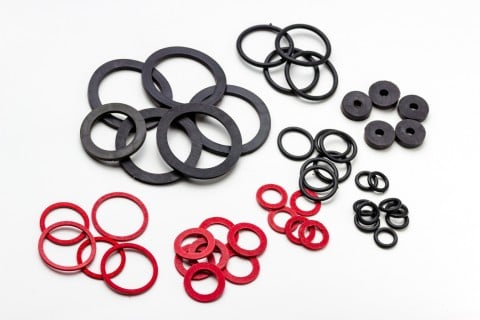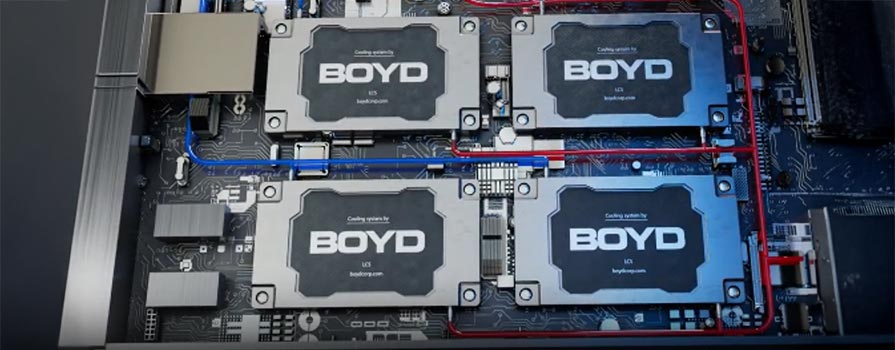Donut-shaped rubber seals, called O-rings for their circular cross section, are a ubiquitous component to products across all applications in nearly every industry.
What are O-Rings?

Most mechanical systems require seals. These devices help join mechanisms together by preventing leakage and are crucial to the functionality of machinery. A is a type of seal that is compressed in the area between two or more surfaces.
O-Rings (also known as packing joints) are donut-shaped gaskets that can be used in static or dynamic applications. O-Rings are easily manufactured, inexpensive, and dependable; making them one of the most common seals used in machinery across the globe.
History of the O-Ring
The first U.S. patent for the O-Ring was filed by 72-year-old machinist Niels Christensen. Born in Tørring, Denmark in 1865, Christensen immigrated to the United States in 1891 where he began designing air brake systems for streetcars.
Niels studied rubber in the shape of rings in the quest to find a sealing solution. He discovered, in 1936, that rubber rings set in a groove that measured one and a half times the minor radius of the ring created an ideal seal for applications like pistons and cylinders. He was granted a patent in 1939 after two years of working through the application process.
During World War II, the US government deemed Christensen’s O-Ring patent as a “critical war-related item” and gave the right to manufacture to other companies. Christensen received a payment of $75,000 at the time, and in 1971 further litigation resulted in $100,000 being distributed to Christensen’s heirs.

Varieties and Materials
Although O-rings are typically circular, different shapes are used for various applications including squares, X-shapes and others. O-Rings are produced using a variety of manufacturing techniques like extrusion, compression molding, injection molding, transfer molding or machining. Depending on the application, they can be made from a plethora of materials: nitrile rubber, silicone, polyurethane, neoprene, fluorocarbon as well as other elastomers. O-Ring design considers quality, quantity, cost, application temperature, sealing pressure, chemical compatibility, movement, action, lubrication and other requirements.
Common O-Ring Applications
Transportation
In industries like passenger automotive, heavy duty trucking, and aerospace, severe conditions call for high performance products. Chemical exposure, extreme temperatures and vibration are all factors that affect elastomer selection for O-Rings. Custom compounds have been produced to meet strict OEM and Tier 1 specifications and are continually refined to adhere to biofuel and emissions requirements.
Medical
In the medical field syringe, pump, filtration and connectors require specialty FDA grade O-Rings
Oil, Gas & Industrial
Valves, gas pumps, fittings, dispensers and storage tanks need sealing solutions that can withstand extreme temperatures, noxious chemicals, and high compression. Specialty compounds like peroxide and triazine-cured perfluoroelastomers assure heat and chemical resistance.
Electronics
Semiconductor processing and dust protection in consumer electronics call for O-Rings to be manufactured in clean environments. Particulate and contaminant-free O-Rings are available in a wide range of compounds.
Food & Beverage
Specialty 3A sanitary, NSF-61 and water service O-Rings and seals are ideal for the food processing, beverage dispensing and water filtration markets.
Learn more about our custom and standard O-Rings solutions or contact us below.






